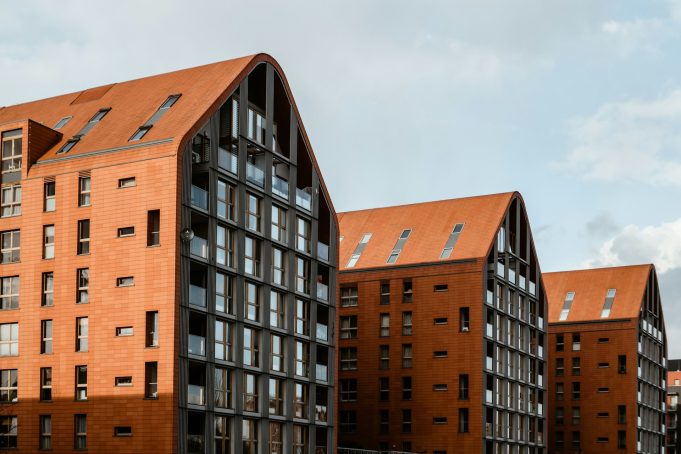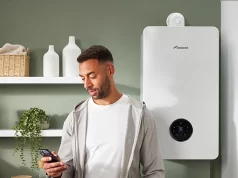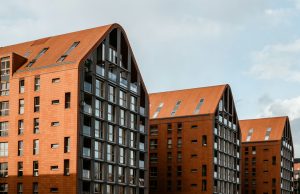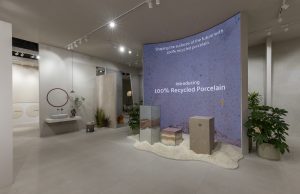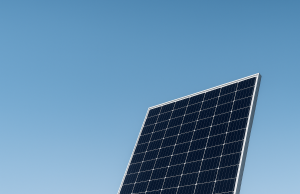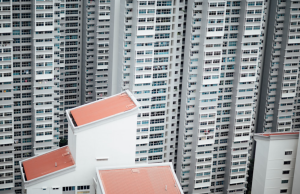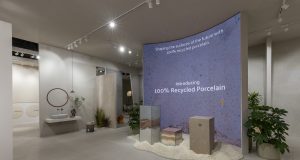In this guide, we break down everything you need to know about choosing and implementing an effective occupancy intelligence system — from understanding sensor accuracy and privacy considerations to selecting the right technology for every space. You’ll learn how to turn raw occupancy data into actionable insights that cut costs, boost efficiency, and give you full control over your buildings.
Fit the Environment to People, Not the Other Way Around
If you’re managing a building without knowing who’s in it, you’re not in control, the building is. A real occupancy management system isn’t a gadget; it’s leverage. It shows you what’s really happening ,who’s there, where they go, how long they stay. With AI occupancy monitoring and space utilisation sensors, you stop wasting heat, power, and rent on empty rooms and ghost desks. You start seeing patterns, dwell times, visitor flow, the heartbeat of your space. Whether it’s an HQ, a mall, or a transit hub, once you see how people move, you stop guessing. And that’s when you start managing.
“Is There Any Sensor That’s Actually Accurate?”
That question gets thrown around a lot, usually by people who just bought the wrong one.
The truth: accuracy isn’t one number; it’s two.
- Flow accuracy (entrance monitoring): measures how well a sensor counts people crossing a line. Miss 1 % out of 1,000 daily entries and you’re 10 off. In a 50-seat space, that’s 20 % error by day-end.
- Counting accuracy (in-scene monitoring): how precisely a sensor sees people inside a zone at any given time. It depends on field of view, range, and placement.
Even a LiDAR rated 99.9 % can drop to 80–90 % if mounted wrong or never calibrated. Accuracy lives or dies by installation.
How to Plan Your Implementation (The Quick Voss Playbook)
- Map your building. Mark entrances, shared areas, meeting rooms, toilets, and cubicles.
- Check your ceilings. Do you have PoE or power lines? That decides your sensor class.
- Gauge privacy tolerance. Cameras near desks? Risky. In toilets or cubicles? Absolutely not.
- Decide coverage. Sometimes monitoring entrances alone covers 90 % of the problem at 10 % of the cost.
- Match sensor → zone → function using the guide below.
Sensor Quick Guide (No Nonsense)
| Zone / Use Case | Best Sensor Type | Typical Cost (£) | Accuracy Range | Why Choose It |
| Large Entrances / Busy Doors | LiDAR | 350 – 2,000 | 99 % (flow) | Best for high-traffic entrances. Handles crowds, no bottlenecks, fully privacy-aware (point-cloud data). |
| Stereo / Dual Cameras | 500 – 1,200 | 95 – 99 % | High accuracy for flow counting, but GDPR-sensitive; requires masking and secure data handling. | |
| Meeting Rooms | mmWave Radar, Thermal Camera, Dual PIR | 70 – 400 | 95 – 99 % (flow) | mmWave offers strong accuracy + privacy (wired install). Thermal and Dual PIR give cheaper, wireless options with moderate accuracy. |
| Desks / Hot-Desking (per-seat) | Seat / Pressure Sensors | 10 – 25 (per seat) | 99 % | Simple, low-power sensors that integrate with booking software to eliminate ghost meetings. |
| Compact LiDAR | 350 – 600 | 99.9 % | High-precision detection of individual occupancy in open areas. Perfect for desk-booking analytics and seat-utilisation reports. | |
| Toilets / Cubicles | mmWave Radar, PIR + Door Switch | 25 – 90 | 95 % (presence) | Privacy-safe detection for occupancy and cleaning triggers. Zero imagery, reliable presence data. |
| Corridors / Shared Zones | Stereo PIR, Dual-Tech (PIR + Ultrasonic), mmWave | 20 – 80 | 90 – 95 % (flow) | Low-cost motion sensing for lighting and ventilation; quick wireless installs. |
| Halls / Airports / Malls | 3D LiDAR Arrays | 1,000 – 5,000 | ≥ 99.5 % | Covers large crowds and open spaces with GDPR-compliantpoint-cloud data. Enables visitor counting and dwell-time analysis for retail and public venues. |
Rule of thumb: pay for 99 % accuracy where it earns you money (hot-desking, billing, safety); stick with 95 % where “presence” is enough (lighting, HVAC).
Costs, Complexity & Common Sense
| Tier | Cost / Sensor (£) | Install | Typical Zones |
| Low | 20 – 90 | Battery / wireless | Toilets, corridors, pilot areas |
| Medium | 100 – 400 | PoE or mains + calibration | Meeting rooms, offices |
| High | 500 – 5,000 + | Networked + edge compute | Entrances, large or crowded spaces |
Add-on costs:
• £0.40 – £0.70 per sq ft if new electrical or data wiring is required.
• £3 – £8 per device per month for cloud analytics and support.
Most deployments hit payback in under 12 months, driven by sensor-enabled savings on energy, cleaning, and space optimisation. The math’s simple: waste less, wire smart, win fast.
Don’t Fall for These Traps
- “99 % accurate” means nothing until you know what it’s measuring. Ask if it’s flow or counting accuracy.
- No drift management? Then your numbers are lying before lunch.
- Privacy blind spot: any vendor who suggests a camera in a toilet, you walk. No debate.
- No integration plan = dead data. If it doesn’t talk to your smart BMS, CAFM, and show everything on a single pane of glass, you’re not buying a solution ,you’re buying chaos.
- No reporting, no AI, no future. If the system can’t deliver automated analytics and AI-driven insights, it’s already obsolete. You don’t have time to analyse raw data , that’s the software’s job.
- No SLA = no accountability. Without uptime, calibration, and support guarantees, you’re flying solo the moment it breaks.
The DIREK Edge
At DIREK Ltd, we match sensors to strategy:
- LiDAR for large-scale flow (airports, malls).
- mmWave for privacy-sensitive offices and restrooms.
- Stereo PIR for fast, battery-powered pilots.
All streaming into D-XPERT, our AI occupancy management software that automates data analysis and generates expert-level insights. Think of it as a 24/7 digital space manager who never sleeps, never guesses, and always has your back.
Learn more → direk.io/dxpert
Closing the Loop
Occupancy monitoring isn’t about sensors; it’s about decisions. The right data cuts costs, improves wellbeing, and tells you what your buildings won’t say out loud.
You can’t manage what you don’t measure, and with AI for environmental monitoring, you’ll finally manage the occupancy with clarity, accuracy, and confidence.

